The complexities of re-introducing a predatory species are many, and while it would appear that there is plentiful support behind them, there are a number of groups and individuals who are less welcoming of the idea.
In an age of confirmation bias, it is all too easy to dismiss opposing claims and concerns however, as a democratic country it is imperative that all questions, concerns and corresponding information are given full and equal consideration. Our right to question and air our doubts is one often taken for granted in the UK, but these projects by definition will have a wide impact on our environment, and ultimately the lives of everyone who lives here. The National Farmers Union for Scotland, representing the agricultural community, have raised questions about the cost implications of returning Lynx to the UK both to the farmers and to the public purse – primarily as a result of increased Sheep depredation. Due to the issues currently being experienced in Norway, this is a topic of great debate and one that will be looked at in more detail in a separate post.
Speaking on behalf of NFU Scotland, Andrew Bauer, Deputy Director of Policy has provided us with the following statement:
“Over the last month there has been considerable media coverage of the proposal by the Lynx UK Trust to trial the reintroduction of Eurasian Lynx to a number of sites across the UK, including one near Huntly in Aberdeenshire.
Most headlines have implied that such a reintroduction is an imminent certainty. The reality is that it is neither imminent nor certain.
Whilst the prospect of lynx reintroduction has left some breathless with excitement, there are good reasons why the farming community is more wary.
In some parts of Europe the impact of lynx is moderate and while very distressing and damaging for those who lose lambs, it is not a widespread problem. There are other parts of Europe, most notably Norway, where the impact is far greater with official reports concluding that thousands of lambs are being predated each year in Norway alone. That would be unacceptable here.
Farmers are quite right to question why and how lynx, absent from Scotland since medieval times, should be reintroduced. Alongside trumpeting the benefits, those who advocate lynx reintroduction should be up front about the potential impacts on sheep farming and the potentially very significant cost to the public purse in compensation.
Anyone who is concerned about lynx reintroduction should take heart from the fact that any such proposal would be subject to a considerable level of consultation.
As a member of the National Species Reintroduction Forum, NFU Scotland would be involved in the scrutiny of any application and would feed in the many views and concerns likely to be voiced by our membership.
Should it be clear that the risk to farming is unacceptable, NFU Scotland would act accordingly”.
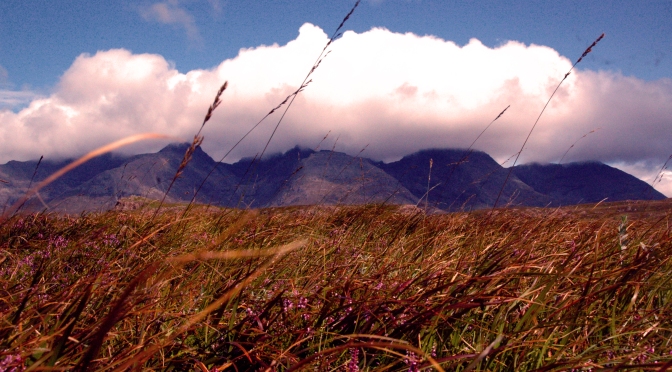

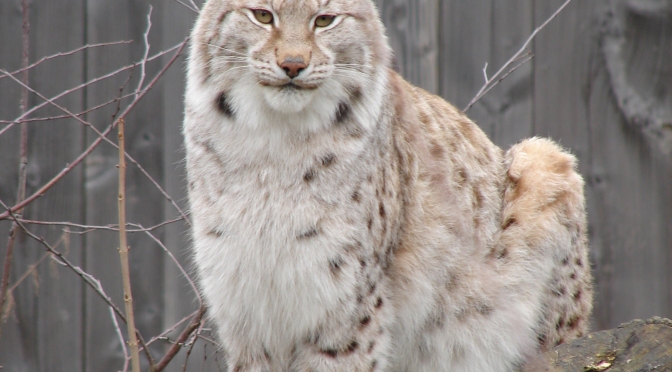
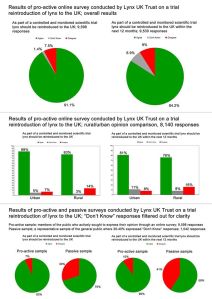
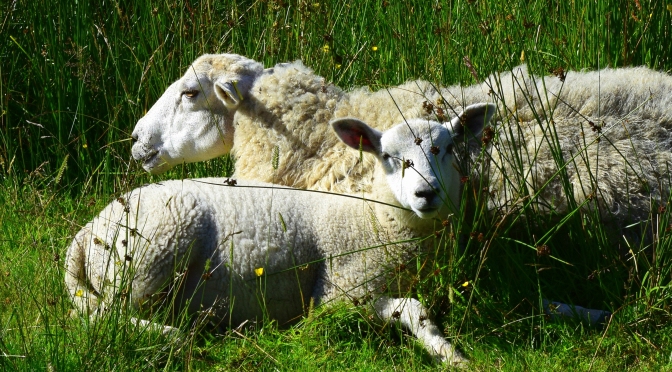
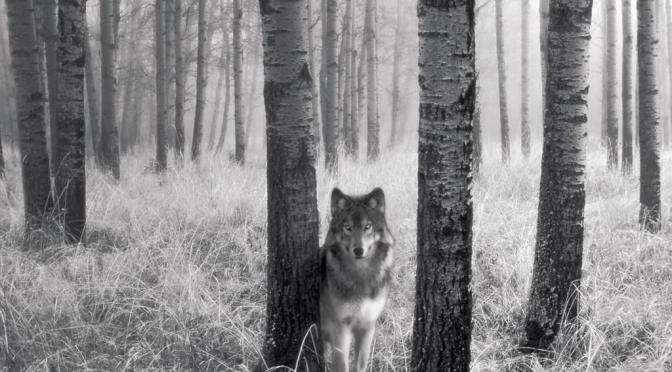

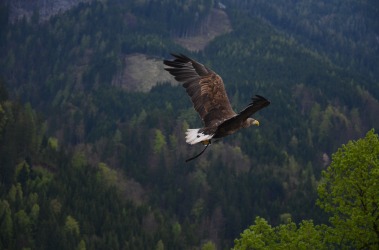
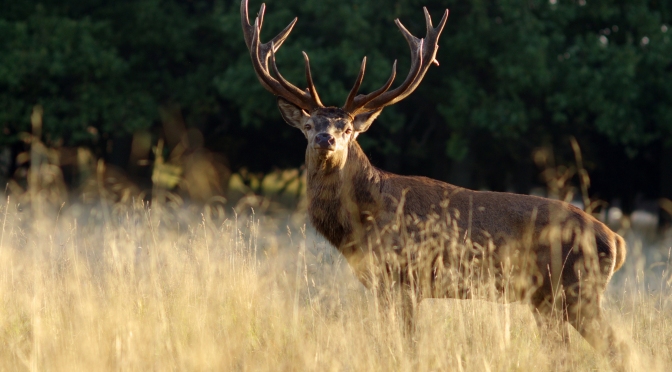

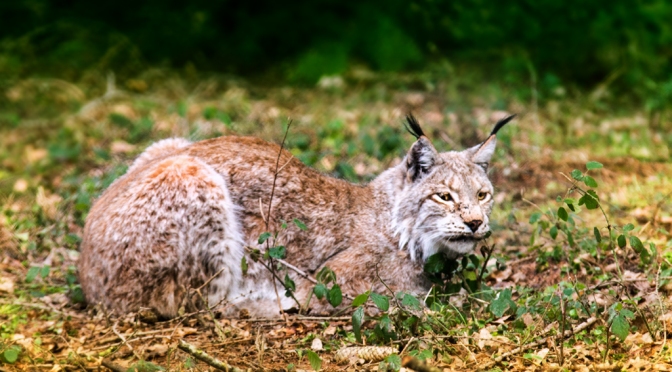
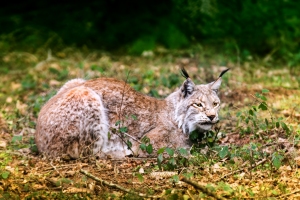 but attractive sight, it is somewhat surprising that the Lynx does not feature more heavily in the legends of old, shadowed even by the much loved and ever vilified Red Fox.
but attractive sight, it is somewhat surprising that the Lynx does not feature more heavily in the legends of old, shadowed even by the much loved and ever vilified Red Fox.